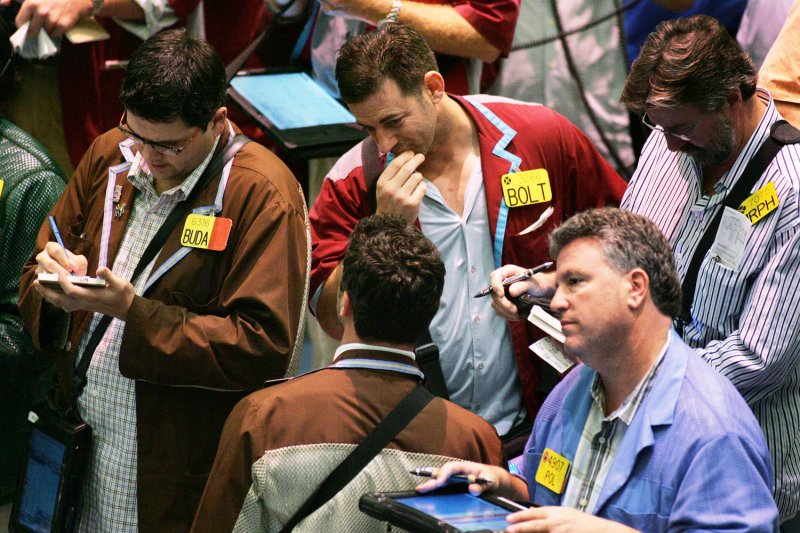Demand factors and the latest report from the OECD on economic growth create more headwinds for crude oil prices in early Thursday trading. File photo by Monika Graff/UPI. |
License Photo
June 15 (UPI) -- Consumer demand concerns emerged to bruise crude oil prices in early Thursday trading despite upbeat sentiments on the world's largest economy.
The U.S. Federal Reserve said Wednesday it was raising its target range for the federal funds rate from 1 percent to 1.25 percent, citing steady gains in the labor market.
"The committee continues to expect that, with gradual adjustments in the stance of monetary policy, economic activity will expand at a moderate pace, and labor market conditions will strengthen somewhat further," the latest Fed report read.
The U.S. Commerce Department reported first-quarter GDP grew by 1.2 percent for an annual rate, stronger than the previous estimate of 0.7 percent. The improved growth rate, however, was still sluggish by historical standards and compares with 2.1 percent growth for GDP during the fourth quarter.
A report Thursday from the Organization of Economic Cooperation and Development found total growth in the Group of 20 industrialized economies was 0.9 percent in the first quarter, with growth coming most from South Korea, Canada and Germany. Growth weakened in the British, Chinese and U.S. economies.
The U.S. Energy Information Administration reported crude oil inventories declined by 1.6 million barrels last week, lower than the 2.4 million reported from the American Petroleum Institute. For consumer fuels, gasoline inventories increased nearly 2.1 million barrels, higher than expected and 1.2 percent above the same period last year.
"In general the gasoline demand numbers don't jive with a booming economy," Phil Flynn, a senior market analyst for the PRICE Futures Group in Chicago, said in a daily newsletter. "One might wonder about the health of the U.S. economy as gas demand is a leading economic indicator."
Crude oil prices were on pace for another day of declines following Wednesday's drop of nearly 4 percent. Brent crude oil was flirting with relative stability as its latest monthly contract expires, trading flat at $47 per barrel about 15 minutes before the start of trading in New York. West Texas Intermediate, the U.S. benchmark that lags contractually behind Brent, was down 0.45 percent to $44.53 per barrel.
The OECD report put the U.S. economy below the G20 average in terms of growth. Despite some weakness, China's economy reported the strongest gains year-over-year.
The U.S. Labor Department reported first-time claims for unemployment for the week ending June 10 declined by 8,000, though the four-week moving average, a less volatile indicator, was up 1,000 from last week's average.















